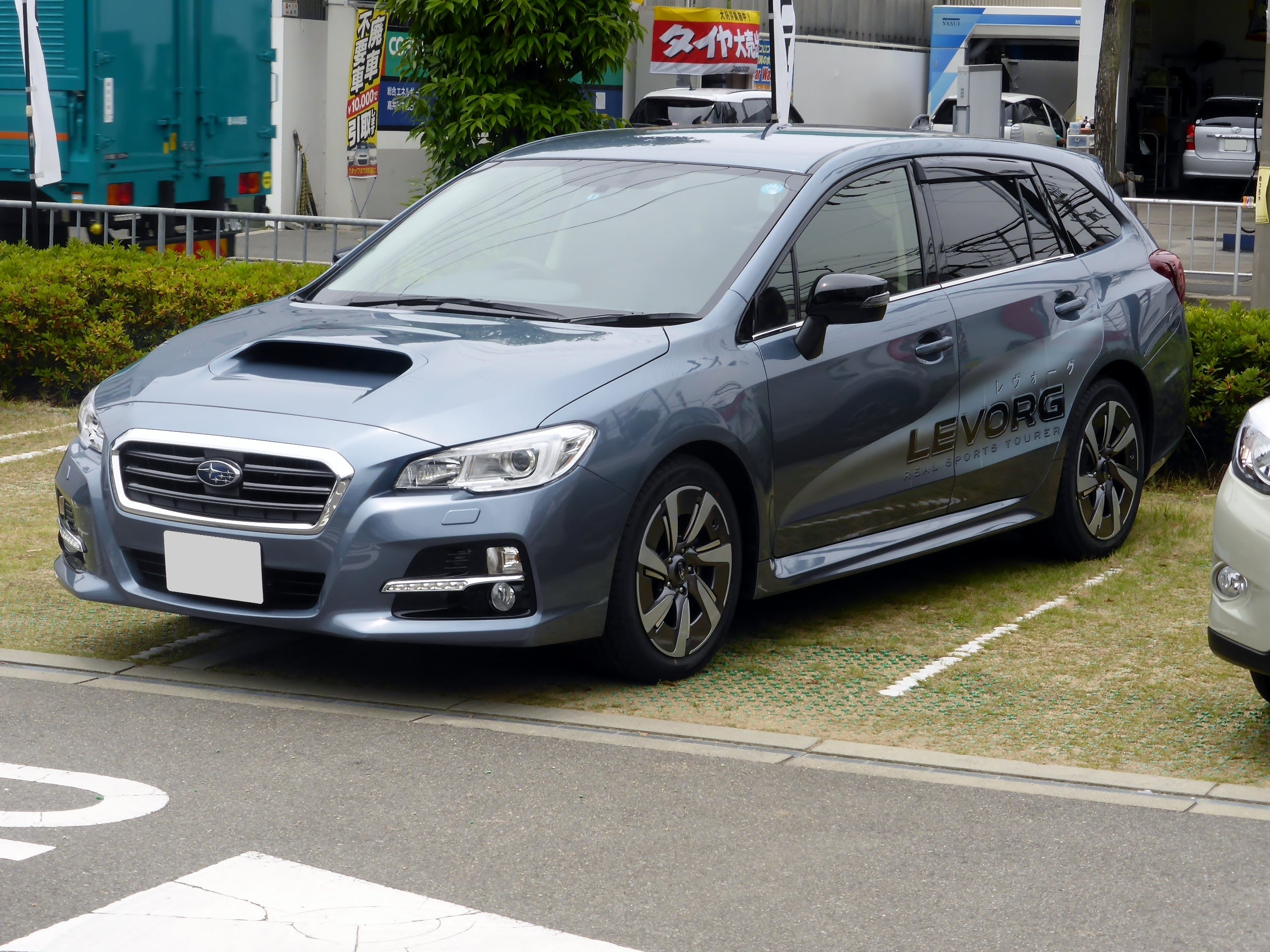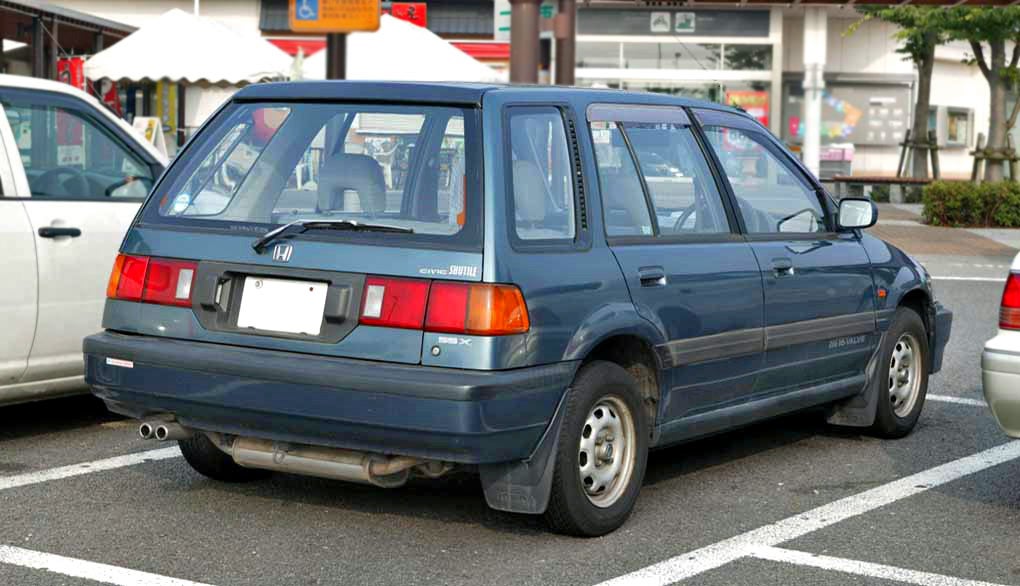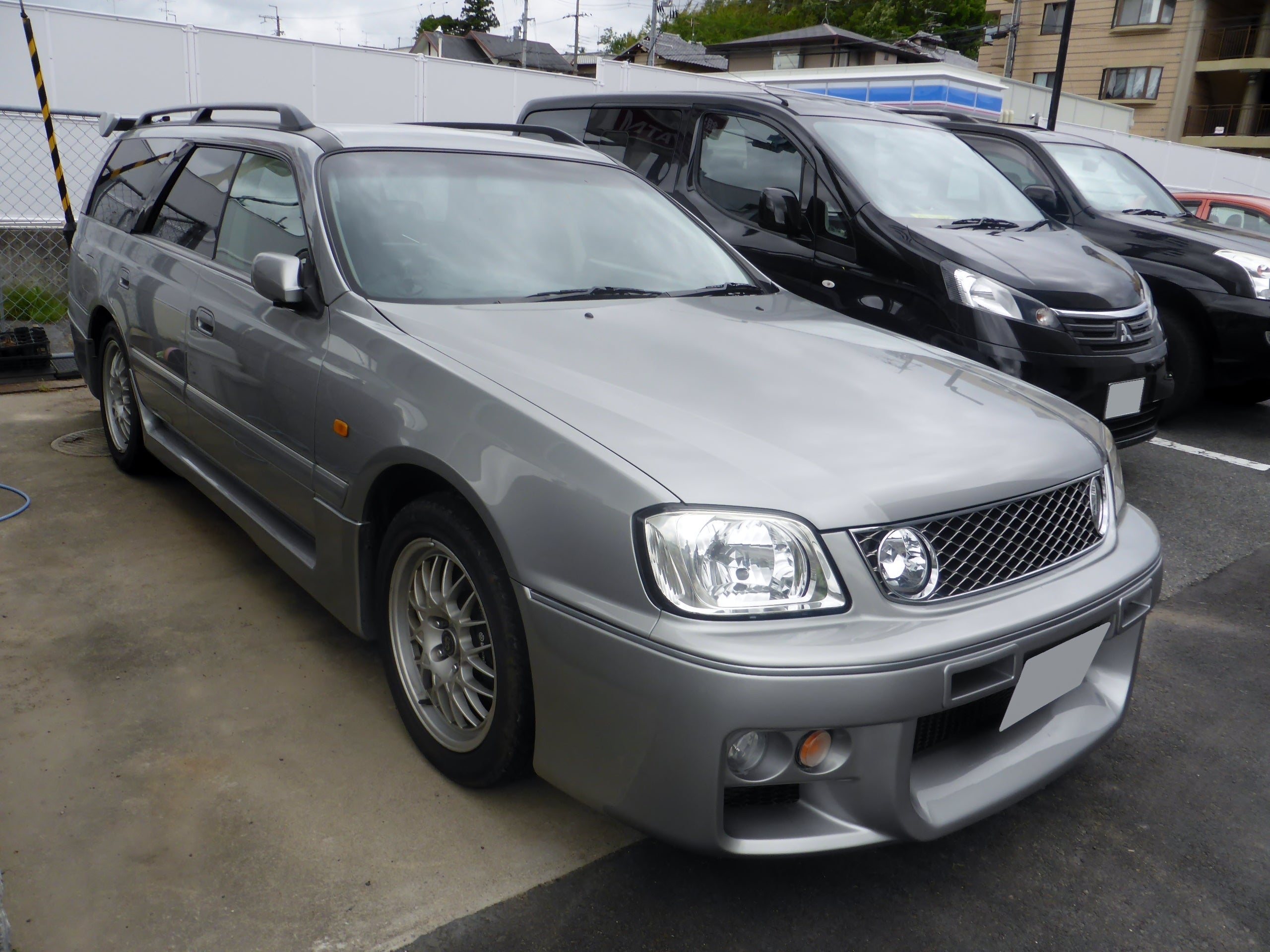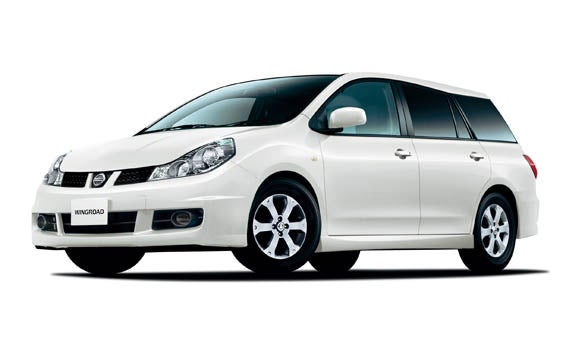 "Galapagosized Guy" (galapagosizedautomotive)
"Galapagosized Guy" (galapagosizedautomotive)
09/16/2016 at 23:16 • Filed to: station wagon, station wagons, minivans, minivan, mpv, mpvs, suvs, japan, japanese domestic market
 2
2
 6
6
 "Galapagosized Guy" (galapagosizedautomotive)
"Galapagosized Guy" (galapagosizedautomotive)
09/16/2016 at 23:16 • Filed to: station wagon, station wagons, minivans, minivan, mpv, mpvs, suvs, japan, japanese domestic market |  2 2
|  6 6 |

Subaru Levorg, a recent station wagon in Japanese Domestic Market.
(This article is about the reasons for the decline of station wagons in Japan. Since most people on Oppositelock are Americans, I will use the term “minivans” for multi-purpose vehicles, or MPVs.)
Some may argue if station wagons or estates are popular in Japan or not. But this is very questionable. The traditional station wagons were used to be popular in Japanese Domestic Market, but now, are they facing the outskirts of death?
Have a history. Japanese carmakers were well known for fuel-efficient, yet sporty, station wagons since the nation’s surrender in World War II, but they aren’t mass produced in large numbers for JDM. Most of them are used as commercial vehicles, and a few are used as private vehicles.

Honda Civic Shuttle.
In the late 1970s and 1980s, however, the station wagons have become somewhat popular among lifestyle vehicle buyers, providing the benefits of fuel efficiency, sportiness and strong utility at that time. There were some popular examples such as Nissan’s Wingroad and Stagea, Toyota’s Corolla wagon, Honda’s Civic Shuttle, and most notably, Subaru’s Leone/Impreza wagons. There are many high-performance station wagons on the JDM, like Autech Stagea 260RS and Impreza WRX Wagon.

Nissan Stagea 260RS.
In the early 2000s, when the Japanese buyers shifted from sportiness to utility, many station wagons were discontinued along with many Japanese sportscars. Some of the wagon victims, like the popular Stagea, were killed off and they are displaced by the rise of minivans (such as Toyota Estima and Nissan Serena, as well as car-based minivans such as Nissan Lafesta and Honda Stream) in the Japanese market. One notable example is Subaru, who replaced the wagon in the Impreza range with the hatchback version due to the decline of the wagons.
Adding to an insult is the SUVs, which have been in JDM for a long time with the likes of Toyota Land Cruisers and Honda CR-Vs, have pushed the station wagons down the ladder. This could be because minivans and SUVs offer better space practicality for the Japanese buyers, and Japan doesn’t have very stringent restrictions for tall vehicles (2-metre tall is good enough) like those and vans.
Well, the minivans and SUVs have been spying since 1980s, and ambushed the station wagons in turn of the millennium in JDM. Many Japanese carmakers such as Subaru, Honda and Suzuki, have shifted support from station wagons to minivans and SUVs.

Mazda Atenza/Mazda6 Wagon.
Now, with minivans and SUVs displaced the wagons as lifestyle recreational vehicles, there are only a few station wagons left, with Subaru Levorg, Mazda Atenza Wagon and Toyota Corolla Fielder being the last drive force for the station wagons in Japanese Domestic Market.
It could be argued that station wagons should be reclassified as MPVs or not. But not many people think so. Some station wagons in Japan, like Toyota Prius Alpha, are not traditional station wagons, but car-based minivans (station wagon/minivan mashups).
Can station wagon market survive in Japan from the outskirts of death? Or getting pushed off from Japanese cliffs by other recreational vehicle markets?
Given that Japanese people are minivan maniacs like every other Asians, the station wagons might hardly survive in this Land of the Rising Sun, except a small cult following among a few Japanese buyers from small communities. But we might see.
 Probenja
> Galapagosized Guy
Probenja
> Galapagosized Guy
09/16/2016 at 23:30 |
|
Would the Nissan Wingroad be considered a wagon? It is pretty old but still on sale in Japan.

 Sam
> Galapagosized Guy
Sam
> Galapagosized Guy
09/16/2016 at 23:47 |
|
Even as a huge wagon fan, I’ll admit that crossovers like the XV Crosstrek or the CX-3 are a bit more practical. I mean, they’re basically just lifted wagons, so easier loading/unloading cargo/people and better ground clearance for those times when you just wanna hop the curb or go down a rough service road.
 dogisbadob
> Galapagosized Guy
dogisbadob
> Galapagosized Guy
09/16/2016 at 23:48 |
|
Sad to hear about that :(
Mazda should sell the 6 wagon over here again. It failed last time they tried because they only offered with the V6.
Also, Toyota needs to make the US Prius V with the third seat and the better battery offered internationally.
I love the Corolla Fielder and Runx! I think they’re cooler than the Matrix we got.
 Galapagosized Guy
> Probenja
Galapagosized Guy
> Probenja
09/17/2016 at 02:35 |
|
Nissan Wingroad is still a wagon. A traditional station wagon. Wingroad is Nissan’s only station wagon currently on sale as they shifted focus on minivans and SUVs.
 Galapagosized Guy
> Sam
Galapagosized Guy
> Sam
09/17/2016 at 02:39 |
|
These are completely different categories. CX-3 is technically an SUV to begin wirh, while XV is a hatchback, not a wagon.
I referred to the traditional wagons when I wrote this article. And yes, station wagons in Japan are dying, unlike Europe. And Japs prefer minivans for space practicality as of now.
And your definition on “wagon” is a recreational vehicle, not just a station wagon. Recreational vehicles cover station wagons, minivans and SUVs.
 Galapagosized Guy
> dogisbadob
Galapagosized Guy
> dogisbadob
09/17/2016 at 02:44 |
|
I specifically refered to Japan when I wrote this article. Not USA, of course.
And yes, wagons are a dying breed in Japan as much as in USA and other countries outside Europe, and there are only a few station wagons on sale in Japan. Prius V (Alpha in Japan) is more a minivan than a station wagon, or a minivan/station wagon mashup like Nissan Livina in certain Asian countries.
RunX and Matrix are hatchbacks, not wagons.